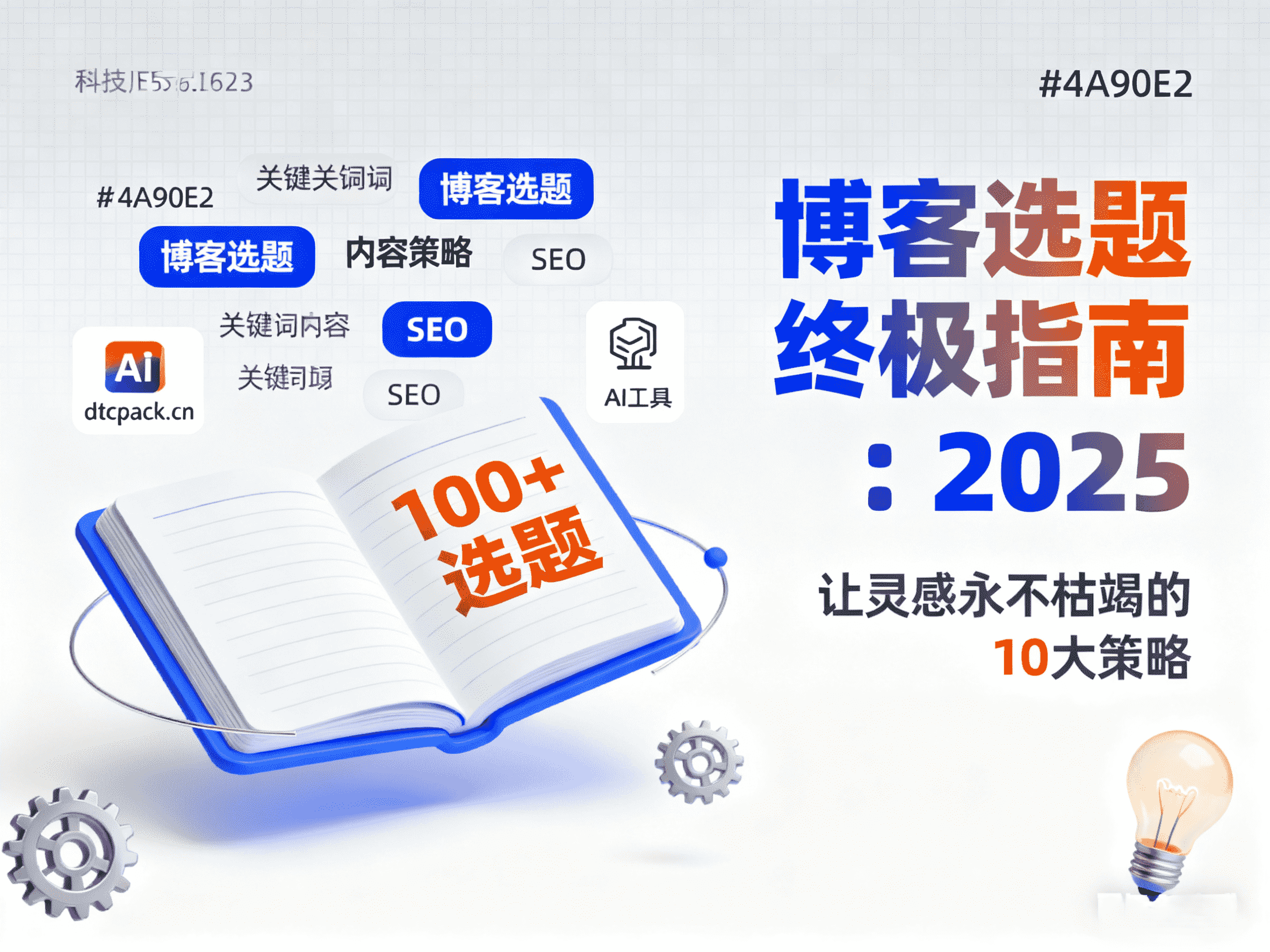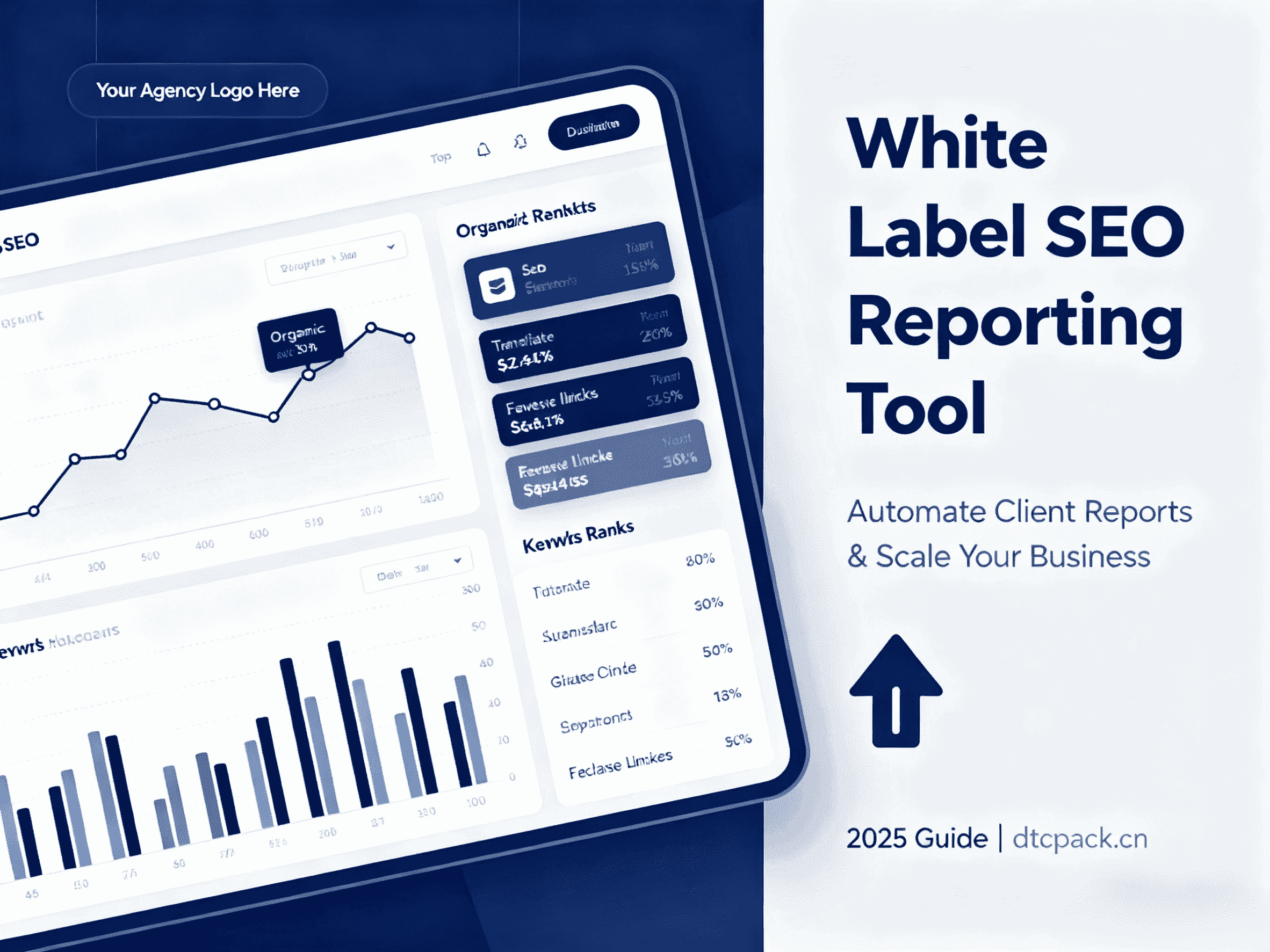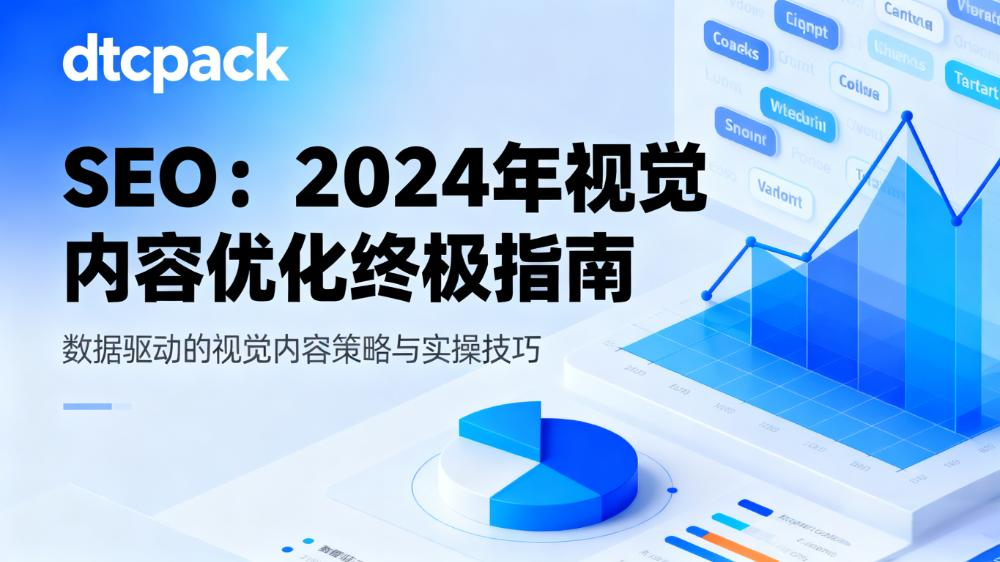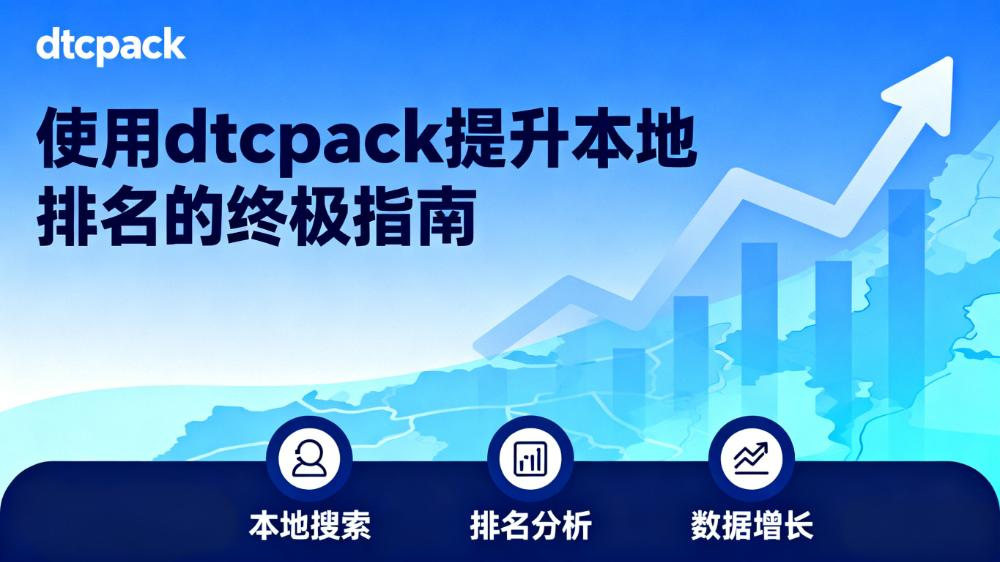
In 2024, the phrase "Go Global or Go Home" has evolved from a catchy slogan into a tangible pressure for many businesses. Once a company decides to set sail, the next critical question arises: How do you execute global marketing effectively to build a truly influential international brand? We've seen many companies excel at capitalizing on traffic arbitrage and short-term gains, yet struggle to build lasting brand value and cultivate customer loyalty. The journey from "Made in China" to "Brand from China" is not a simple one.
This article, the sixth in EqualOcean's "Ten Steps to Go Global" series, will provide an in-depth analysis of the transition from "selling products" to "building a brand." It will explore how to move beyond tactical traffic acquisition to the strategic construction of a brand, helping you not only win orders but also win hearts and minds in the fierce global competition.
1. Mastering Marketing to Build a Brand: Perception vs. Reality
The catchy tune, "You love me, I love you, Mixue Ice Cream & Tea," has spread far and wide as the company has expanded its international footprint. In every new region, Mixue launches a song incorporating local language and cultural elements. This viral marketing, propagated through social media, embeds the brand in the public consciousness even before stores open. This unique approach has made Mixue a standout success, quickly becoming a well-known name in many overseas countries.
However, Mixue's success has also sparked debate. One viewpoint is that its core strength lies in brilliant marketing and extreme cost control, while the product itself is not exceptional. This would categorize it as a brand with high awareness but low brand loyalty. Another perspective argues that while Mixue has achieved phenomenal success in Southeast Asia, it has yet to build true brand premium—the willingness of consumers to pay a higher price for the brand itself. It still has a long way to go to compare with global giants like Starbucks and McDonald's, which have built formidable moats through culture and experience.
Despite the controversies, a core consensus remains: Mastering marketing is the crucial first step to shaping a brand, and building a valuable brand is the ultimate goal of marketing. Against the backdrop of an industry-wide shift from "exporting goods" to "exporting brands," understanding the global marketing ecosystem, its models, and the right approach is a mandatory course for all global-minded companies.
2. The Evolving Global Marketing Ecosystem
To excel at marketing, one must first understand the ecosystem. The global marketing landscape is generally composed of three key players:
-
The Advertiser (Marketing Demand Side): These are the companies in need of global marketing services. Their needs vary by business type:
-
Gaming/Apps: The core needs are User Acquisition (UA) and App Store Optimization (ASO), focused on cost-effective downloads and installs.
-
E-commerce (B2C/DTC Brands): The primary goal is Sales Conversion, with a strong focus on Return on Ad Spend (ROAS) and Customer Lifetime Value (LTV).
-
Brand Enterprises: Their needs are more diverse, including increasing Brand Awareness, shaping Brand Image, and managing Brand Reputation.
-
-
The Agency/Service Provider: These are the specialized firms that serve the advertisers. They come in many forms:
-
Integrated Marketing Agencies: Offer one-stop solutions covering strategy, creative, and execution.
-
Performance Marketing Agencies: Such as DSPs and Apple Search Ads (ASA) partners, focusing on precision-targeted paid traffic.
-
Influencer Marketing (KOL/KOC) Agencies: Specialize in connecting brands with overseas influencers for content co-creation.
-
MarTech/SaaS Companies: Provide tools like Customer Data Platforms (CDPs), marketing automation software, etc.
-
-
The Publisher/Traffic Source: These are the channels where ads can be placed, spanning online and offline:
-
Public Domains: Social media (Meta, TikTok), search engines (Google), e-commerce platforms (Amazon).
-
Private Domains: Brand-owned websites (DTC stores), communities (Discord, Telegram), email lists (EDM).
-
Offline Channels: International trade shows, out-of-home (OOH) advertising, retail partnerships.
-
As global marketing enters a more sophisticated phase, two trends are becoming increasingly prominent:
-
Data as a Core Asset: The era of spray-and-pray advertising is over. Data-driven decision-making has become the norm. Companies are now building their own Customer Data Platforms (CDPs) to consolidate multi-channel user data, create unified customer profiles, and enable more precise marketing and personalization. The accumulation and application of first-party data is now a core competitive advantage.
-
Building an Omnichannel Customer Journey: Customers no longer follow a linear path to purchase. They might discover a product on TikTok, search for reviews on Google, watch unboxing videos on YouTube, and finally purchase on the brand’s website or Amazon. Therefore, businesses must adopt an omnichannel approach, mapping the complete Customer Journey and engaging with users at every potential touchpoint.
3. The Right Approach for Global Marketing
Understanding the ecosystem is one thing; executing effectively is another. Many companies fall into common traps. Here, we outline three "right approaches":
1. Handle Your "Made in China" Identity with Confidence and Nuance
In a complex geopolitical climate, managing a "Chinese identity" is a delicate matter. Some companies deliberately hide it, fearing bias will affect their business. Others try to "conquer" foreign markets with purely Chinese cultural elements. Both extremes are ill-advised.
The right approach is to be confident, sincere, and context-aware:
-
Don't hide it, but don't flaunt it unnecessarily. When asked, be open about your origins. Brands like Anker and DJI are excellent examples; they emphasize universal product values—innovation, quality, and reliability—rather than their nationality.
-
Use cultural elements wisely, based on brand positioning and market context. For Florasis, which positions itself as "Oriental Beauty," a classical Chinese aesthetic resonates well in Japan and Southeast Asia. However, a tech brand forcibly inserting dragon motifs might appear out of place. Cultural elements must serve the brand story.
-
Honesty is the best policy. Claiming to be a Japanese or American brand when your entire operation is in China is a ticking time bomb for your brand's integrity. Once exposed, the damage can be devastating.
2. Obsess Over Genuine User Interaction
The domestic market practices of faking reviews, controlling comments, and deleting negative feedback are brand suicide in overseas markets, particularly in the West, where consumers rely heavily on authentic user reviews.
The right approach is to embrace feedback and build a community:
-
Treat negative feedback as an opportunity for improvement. The success of the photography gear brand SmallRig is largely due to its deep community engagement. They encourage users to post critiques on forums and social media, and their product managers and engineers respond directly. This sincere interaction makes users feel part of the brand's journey, fostering immense loyalty.
-
Establish a feedback loop. Systematically channel the insights gathered from user interactions back to the product and marketing teams, creating a virtuous cycle of "listen-improve-listen again."
-
Actively encourage User-Generated Content (UGC). Launch hashtag challenges, feature outstanding user creations, and turn your customers into your most authentic brand advocates.
3. Respect Users with Deep Personalization
The one-size-fits-all, broadcast-style marketing approach is obsolete.
The right approach is to be customer-centric and market-specific:
-
Channel Personalization: Understand the unique "language" and "vibe" of each platform. Facebook is for official brand pages; Instagram is a visual showcase; TikTok thrives on authenticity and creativity; LinkedIn is for establishing B2B authority.
-
Regional Personalization: Different markets have vastly different cultures, payment habits, and media preferences. In the Middle East, influencer marketing and offline experiences are still key. In Latin America, WhatsApp is a vital channel for customer service and sales. Marketing strategies must be deeply localized, sometimes down to a city-by-city level.
-
User Segmentation: Use data to segment your audience (e.g., new, active, churned users) and deliver personalized content and offers to increase their lifetime value (LTV).
4. Case Studies from Three Key Industries
-
E-commerce (SHEIN): SHEIN's triumph is a masterclass in leveraging the influencer marketing boom. In its early days, instead of targeting top-tier mega-influencers, it collaborated with a massive number of mid-tier and micro-influencers through an affiliate marketing model. This "army of ants" strategy generated a colossal amount of UGC (unboxing, try-on hauls) at an extremely low cost, driving both massive traffic and brand visibility.
-
Gaming (Lilith Games): Lilith's Rise of Kingdoms is a textbook example of integrated content marketing. The campaign began months before the game's launch. The team used art style tests and ad creative tests to identify the most appealing visuals for their target audience. They then collaborated with history and strategy-focused KOLs on YouTube and Facebook to create in-depth content, successfully establishing the game's reputation as a high-quality strategy title and building powerful momentum for its launch.
-
Consumer Goods (MINISO): MINISO has perfected IP (Intellectual Property) marketing. It doesn't just license IPs; it positions itself as a "trendy IP collection store." By continuously collaborating with top-tier global IPs like Disney, Marvel, and Sanrio to launch exclusive product lines, MINISO has transformed the shopping experience into a delightful treasure hunt, significantly boosting repeat purchases and foot traffic.
Conclusion: The Long Road from Marketing to Brand Building
More than one industry veteran has remarked: Chinese companies are excellent at marketing, but few have the patience and long-term mindset to build a true brand. We are adept at capitalizing on traffic arbitrage and creating sales miracles. But as global traffic becomes more expensive and saturated, a purely traffic-driven mindset is no longer sustainable.
A strong brand is built on four pillars: the Brand Carrier (product/service), Brand Identity (logo/VI), Brand Essence (values/story), and Brand Communication (marketing). Chinese companies have made tremendous progress with the "carrier" but are often weak in the "essence."
"Telling a good brand story" is not just a marketing task; it's a founder's responsibility. Brand building requires a timeline measured in decades, not quarters. As the demographic dividend fades, Chinese manufacturing must move up the "smiling curve" toward its two ends: technology and branding. Only those companies that infuse their products with a soul and articulate a clear brand purpose can escape the vicious cycle of price competition and earn the lasting trust of global consumers.
FAQ (Frequently Asked Questions)
-
Q1: For a brand just starting to go global, how should the marketing budget be allocated?
A: A good starting point is the "70-20-10" rule. Allocate 70% of your budget to proven, core channels (e.g., Google Ads, Meta Ads). Use 20% to explore and test new, high-potential channels (e.g., TikTok, influencer marketing). Dedicate the remaining 10% to more daring, experimental campaigns to find the next big growth driver. -
Q2: How should a brand balance "localization" and "globalization" in its marketing?
A: The best strategy is "Glocalization": Think Globally, Act Locally. The core brand mission, vision, and identity (logo, etc.) should remain consistent worldwide to build a unified image. However, specific marketing campaigns, content language, channel choices, and promotional tactics must be deeply localized to fit the cultural and consumer habits of each market. -
Q3: How do you measure the success of a global marketing campaign?
A: Success shouldn't be measured by short-term ROI alone. In addition to "performance metrics" like sales and traffic, you must track "brand metrics." These include the growth of branded keyword search volume, brand sentiment on social media (positive/negative), and brand awareness in target markets (measured via surveys). A healthy brand shows growth in both performance and brand metrics. -
Q4: Is a brand story important for a B2B company going global?
A: Absolutely. The B2B decision-making process is longer and more rational. Customers are buying not just a product, but also trust and a solution. A compelling brand story (e.g., the founder's mission, the journey of solving an industry pain point, customer success stories) effectively builds an emotional connection, communicates company values, and helps you stand out from functionally similar competitors to build deeper, more meaningful partnerships.







